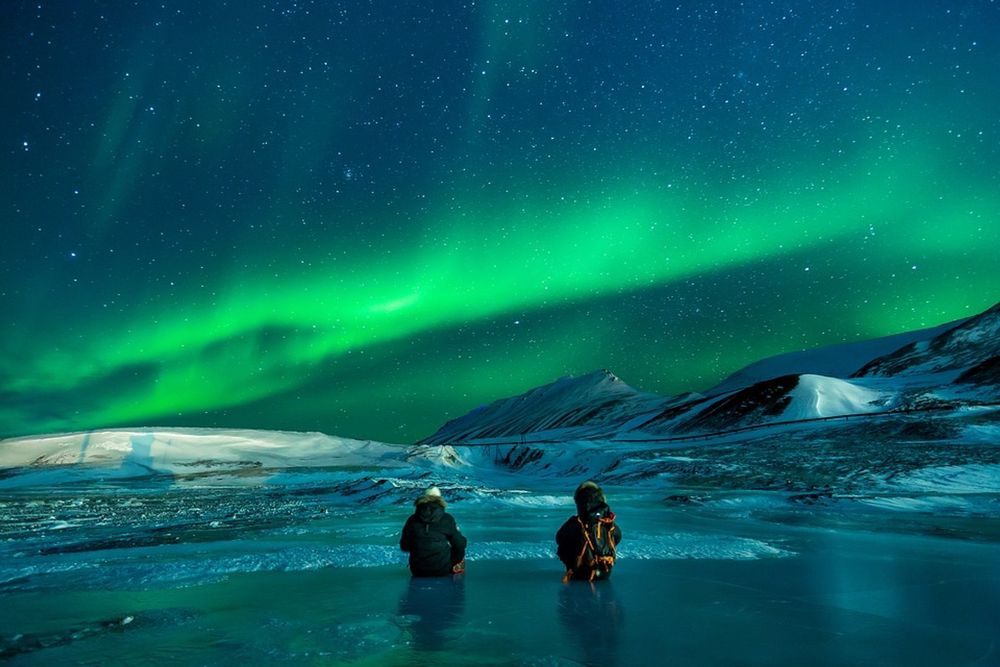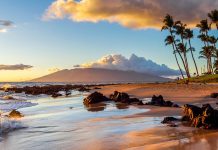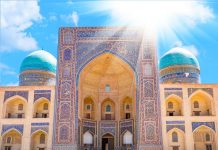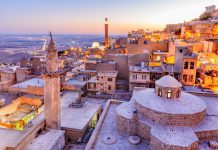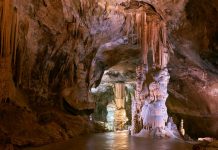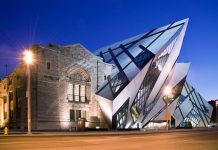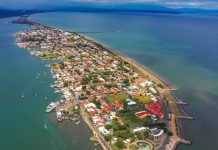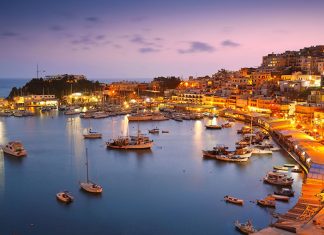Only a thousand kilometers from the North Pole is the Svalbard archipelago. The Norwegians called him Svalbard, which means cold coast. This is the northernmost point where people live. There are very few of them here – about three thousand people, and the people here are as harsh as the nature of Svalbard.
The climate in Svalbard is Arctic. In winter, the temperature drops to -20 ° C, and in summer it rises to +6 °C. However, due to the fact that cold polar air meets soft and moist sea air from the south, the weather here can change dramatically. Strong winds blow in winter, and fogs descend in summer. Despite this, the climate here is milder than in the 80s latitudes, due to the Gulf Stream branch that washes the western coast of the archipelago.
The nature on the islands is almost pristine. It practically does not experience human influence – almost 60% of the archipelago’s area is occupied by nature reserves. Despite the fact that the glaciers of Svalbard are melting, they occupy almost half of the territory of the islands.
The Svalbard Islands are an expanse for polar bears. They sometimes wander into villages in search of food, so it’s best to move around the archipelago with a gun. Firearms can be safely bought or rented here.
You can travel around the islands on snowmobiles or in dog sleds.
In addition to polar bears, only Svalbard reindeer and arctic foxes are found on the islands of mammals. But there are enough marine animals and birds in the archipelago. The vegetation is tundra, but despite the apparent scarcity, there are about 170 species of plants.
The landscapes of Svalbard are unique and extremely picturesque – the shores of the archipelago are cut by straits and bays. The fjords are breathtaking, and the mysterious mists that envelop the islands will enchant anyone. Most of the archipelago is occupied by mountains with the highest point of Newton (1713 m). The mountains on the islands are truly amazing, they seem to be in folds of fabric, in drapery. On the coastal slopes, such folded structures with layers of various rocks are especially clearly visible.
In spring in the mountains you can see the so-called Brocken ghost and the most beautiful optical phenomenon “Gloria”, and in winter – the Northern lights.

